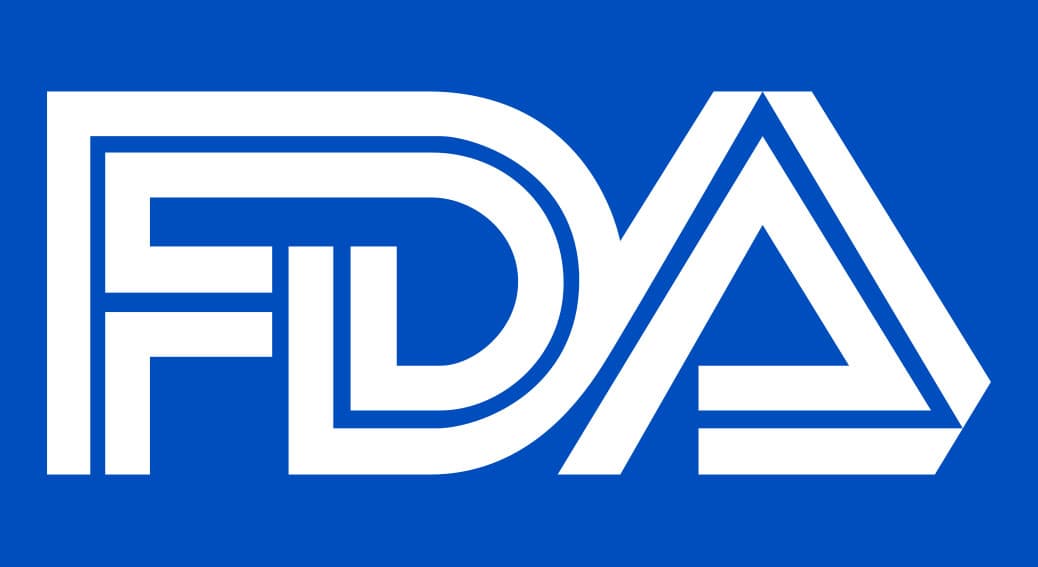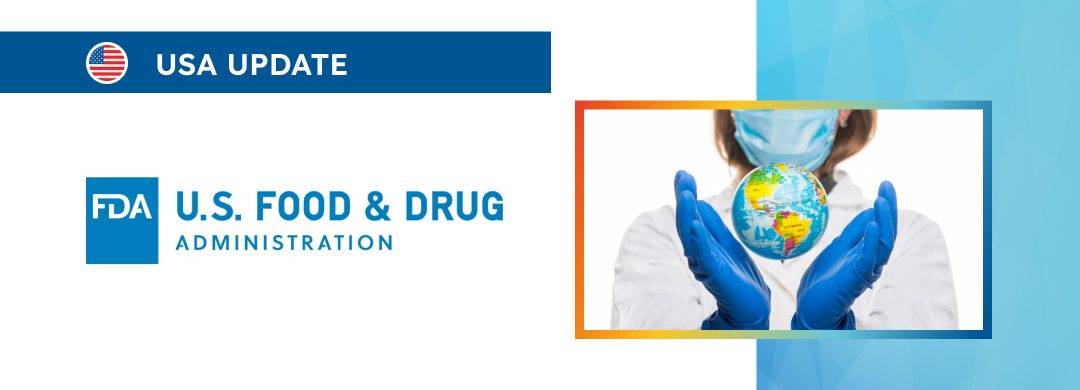The new article highlights the aspects related to how the regulatory context should be considered when assessing real-world evidence and real-world data.

Table of content
The Food and Drug Administration (FDA or the Agency), the US regulating authority in healthcare products, has published a draft guidance document dedicated to real-world evidence to support regulatory decision-making for medical devices.
The document provides an overview of the applicable regulatory requirements, as well as additional clarifications and recommendations to be considered to ensure compliance with them.
At the same time, provisions of the guidance are non-binding in their legal nature, nor are they intended to introduce new rules or impose new obligations.
Moreover, the authority explicitly states that an alternative approach could be applied, provided such an approach is in line with the existing legal framework. It has been agreed with the authority in advance.
Introduction to Real-World Evidence and Real-World Data in Regulatory Context
The integration of Real-World Evidence (RWE) and Real-World Data (RWD) in regulatory decision-making, particularly within the scope of medical devices, marks a significant shift in the applicable regulatory approach.
Recognizing the potential of RWE, derived from various RWD sources, the FDA emphasizes its utility in providing substantial support in regulatory contexts.
This shift underscores the Agency’s commitment to embracing more comprehensive and diverse data sets, moving beyond the scope of traditional clinical trial data.
The critical aspect here is the relevance and reliability of RWD in generating RWE, which necessitates a deep understanding of the inherent strengths and limitations of the data sources, ensuring their efficacy in informing regulatory decisions.

Sources and Types of RWD
According to the guidance, the authority acknowledges the existence of the varied origins of RWD depending on the nature of data generation in healthcare.
These data sources offer substantial information, which often serve primary purposes other than regulatory submissions – ranging from billing processes to patient care, disease monitoring, and operational assessments.
Key RWD sources cover a wide range including but not limited to registries, electronic health records (EHRs), administrative claims data, patient-generated data from digital health technologies, device-generated data from wearable and implantable devices, and data from public health surveillance efforts.
Additionally, clinically annotated biobanks and medical device data repositories present sources of RWD. The FDA emphasizes the suitability of these data sources about specific study questions, highlighting the need for a strategic selection based on the adequacy and relevance of the available data.
Applicability of RWD in Regulatory Submissions
The applications of RWD in regulatory submissions vary depending on numerous factors. According to the guidance, RWD can play a pivotal role in various stages and aspects of regulatory submissions, including hypothesis generation for clinical studies, providing control groups in trials, and supporting marketing authorizations.
As explained by the FDA, their utility extends to retraining algorithms in AI/ML-enabled medical devices, validating biomarkers, and substantiating marketing authorizations for new indications.
Furthermore, RWD is vital in refining safety signals, facilitating post-approval studies, and contributing to a balanced approach between premarket and postmarket data collection.
This multifaceted utility of RWD underscores its significance in enhancing the regulatory process, offering a more robust and comprehensive approach to medical device assessment and approval.
Investigational Device Exemption (IDE) Requirements and RWD Collection
The scope of the guidance also covers the use of RWD in the context of the Investigational Device Exemption (IDE) framework. The need for an IDE depends on the device usage specifics and the data collection context.
If a device is employed within the standard parameters of medical practice, the necessity for an IDE diminishes.
However, an IDE becomes vitally important when data collection affects treatment decisions or when a device is used for research purposes outside its approved use.
Thus, the authority encourages sponsors and Institutional Review Boards (IRBs) to seek clarity on the applicability of IDE regulations for specific RWD collection activities.
It is essential to mention that even in scenarios where IDE regulations may not apply, other regulatory frameworks concerning the protection of human subjects, such as IRB review and ethical standards, remain applicable to RWE generation activities.
Investigational Device Exemption (IDE) Requirements and RWD Collection
The scope of the guidance also covers the use of RWD in the context of the Investigational Device Exemption (IDE) framework. The need for an IDE depends on the device usage specifics and the data collection context.
If a device is employed within the standard parameters of medical practice, the necessity for an IDE diminishes.
However, an IDE becomes vitally important when data collection affects treatment decisions or when a device is used for research purposes outside its approved use.
Thus, the authority encourages sponsors and Institutional Review Boards (IRBs) to seek clarity on the applicability of IDE regulations for specific RWD collection activities.
It is essential to mention that even in scenarios where IDE regulations may not apply, other regulatory frameworks concerning the protection of human subjects, such as IRB review and ethical standards, remain applicable to RWE generation activities.
RWD from Devices Authorized for Emergency Use
The document also clarifies the approach the authority applies while using RWD in the context of emergency use authorizations (EUAs). According to the guidance, medical devices authorized under an EUA, when used within the authorized scope, are not considered part of a clinical investigation.
This means clinical data routinely collected using such devices can be classified as RWD, contributing significantly to regulatory decision-making processes.
The authority encourages sponsors to align with the guidance for devices authorized under EUA, particularly highlighted during the COVID-19 pandemic.
Conclusion
In summary, the authority acknowledges the specific nature of RWD used to support marketing submissions. The approach suggested by the FDA ensures a comprehensive and effective utilization of RWE, facilitating a more informed and robust regulatory process.
How Can RegDesk Help?
RegDesk is an AI-powered Regulatory Information Management System (RIMS) designed to simplify global compliance for medical device companies. With regulatory intelligence covering 120+ markets, RegDesk helps you prepare and publish global submissions, manage standards, conduct impact assessments, and stay ahead of regulatory changes all from a single, centralized platform. Expanding into new markets has never been easier.

